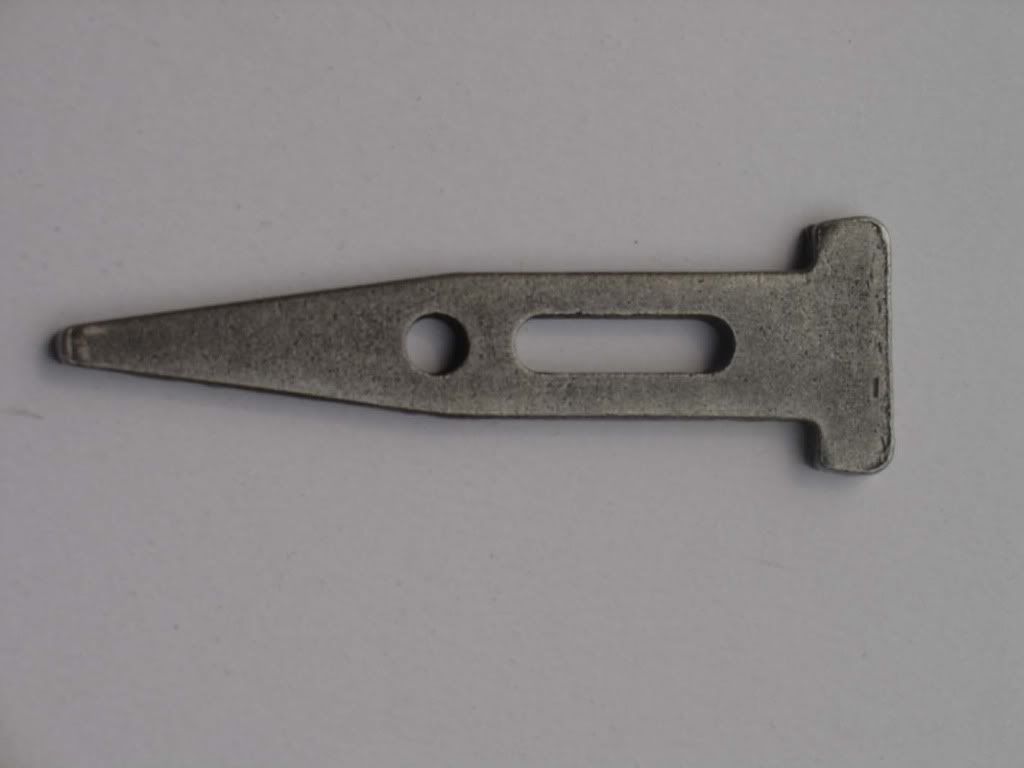 As is obvious when looking at the sculpture located between Architecture Hall and the Westbrook Music Building, the name Variable Wedge suits the form of the object. A device that tapers from one edge to the other, a wedge can be used to hold objects in place, split an object apart, or lift an object up. Thus, there are many different contexts that the variable wedge could be placed in. The wedge is one of the earliest tools developed by man, and so in creating this particular model of the tool, Sam Richardson might be trying to tell us something about our primitive beings in respect to the modern, man-made world (as evidenced by the geometric shape).
As is obvious when looking at the sculpture located between Architecture Hall and the Westbrook Music Building, the name Variable Wedge suits the form of the object. A device that tapers from one edge to the other, a wedge can be used to hold objects in place, split an object apart, or lift an object up. Thus, there are many different contexts that the variable wedge could be placed in. The wedge is one of the earliest tools developed by man, and so in creating this particular model of the tool, Sam Richardson might be trying to tell us something about our primitive beings in respect to the modern, man-made world (as evidenced by the geometric shape). Although the sculpture itself may at first appear to be this long wedge split into seven sections, acting like a door-stop in time, the name might also be referring to each individual section in its own right. In addition, if one looks even closer, the name could also be referring to the negative space that exists in-between the various sections, as these are angular wedges as well.
In looking at the history of the wedge, the time when it was first used or incorporated into society is largely unknown. Archeologists have uncovered evidence, however, that points to the Egyptians using bronze wedges to sculpt and break away stone when they constructed. In this way, used as a device during the construction and manipulation of materials, it is fitting that Richardson chose to orient this steel piece in between Architecture Hall and the Westbrook Music Building. Of course it is somewhat obvious that a wedge could directly be associated with the function of architects in society, as they design and manipulate materials as well in order to create the structures in which we live. Musicians too, however, manipulate waves of sound so that they resound in us, bringing forth various feelings in our soul.
No comments:
Post a Comment